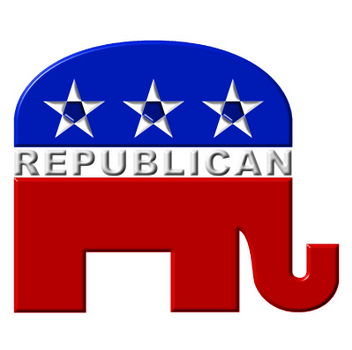To explain the attack on the Capitol, you can’t just turn your focus to Donald Trump and his enablers. You must also look at the individuals and institutions that fanned fears of “voter fraud” to the point of hysteria among conservative voters, long before Trump. Put another way, the difference between a riot seeking to overturn an election and an effort to suppress opposing votes is one of legality, not intent. And it doesn’t take many steps to get from one to the other.
Conservative belief in pervasive Democratic Party voter fraud goes back decades — and rests on racist and nativist tropes that date back to Reconstruction in the South and Tammany Hall in the North — but the modern obsession with fraud dates back to the 2000 election. That year, Republicans blamed Democratic fraud for narrow defeats in New Mexico, which George W. Bush lost by just a few hundred votes, and Missouri, where the incumbent senator, John Ashcroft, lost his re-election battle to a dead man.
Ashcroft’s opponent, Mel Carnahan, was killed three weeks earlier in a plane crash, but his name was still on the ballot, with his wife running in his stead. Shocked Republicans blamed Ashcroft’s defeat on fraud. At Ashcroft’s election-night party, the state’s senior Republican senator, Kit Bond, said, “Democrats in the city of St. Louis are trying to steal this election.”
In 2001, as the newly minted attorney general under President George W. Bush, Ashcroft announced a crackdown on voter fraud. “America has failed too often to uphold the right of every citizen’s vote, once cast, to be counted fairly and equally,” he said at a news conference that March:
Votes have been bought, voters intimidated and ballot boxes stuffed. The polling process has been disrupted or not completed. Voters have been duped into signing absentee ballots believing they were applications for public relief. And the residents of cemeteries have infamously shown up at the polls on Election Day.




